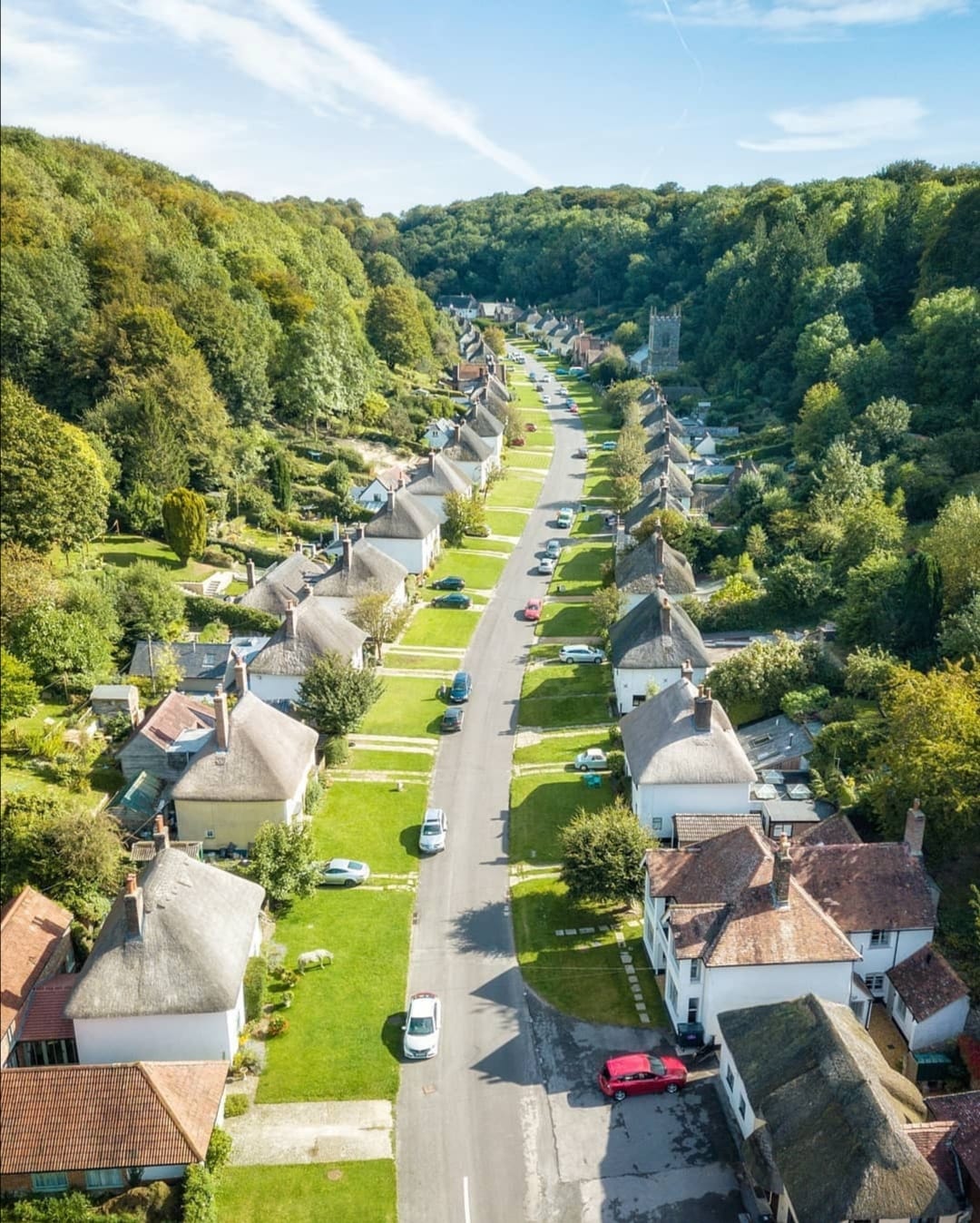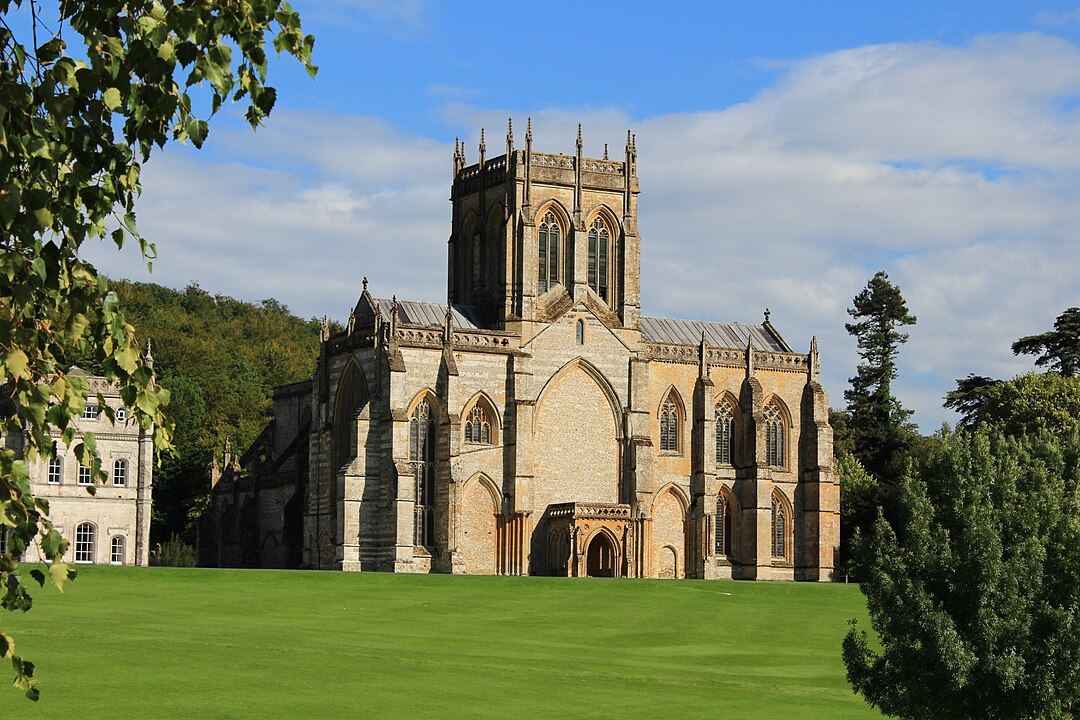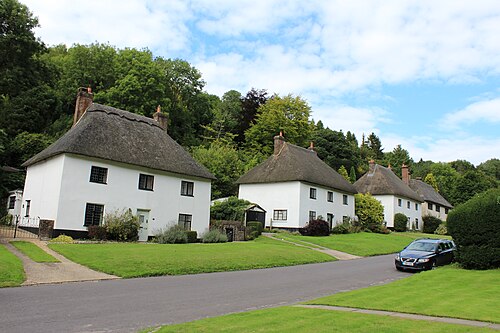Tucked into the chalky hills of Dorset, Milton Abbas is a village like no other—a perfectly aligned row of thatched cottages, each spaced evenly and painted in the same creamy hue. At first glance, it feels like a film set or a preserved memory. In reality, Milton Abbas is one of England’s earliest examples of rural planning, born out of 18th-century aristocratic vision and deliberate design.
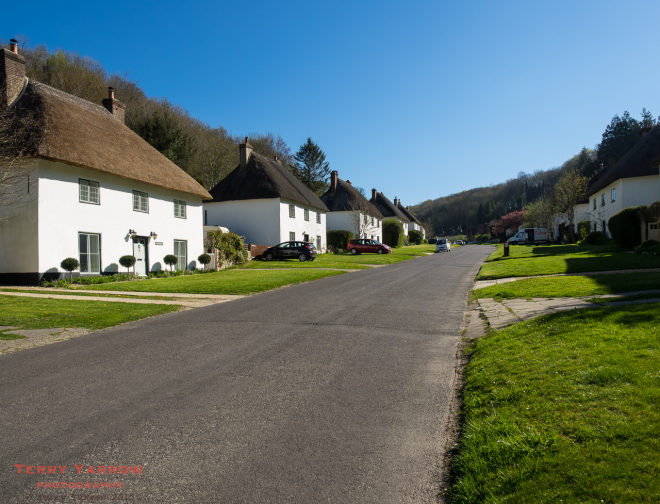
In the 1770s, Joseph Damer, the wealthy Earl of Dorchester, decided that the existing medieval town near his grand estate, Milton Abbey, was too close for comfort. With the help of famed landscape architect Capability Brown and architect Sir William Chambers, he demolished the original settlement and built an entirely new village—Milton Abbas—about half a mile away, hidden in a wooded valley.
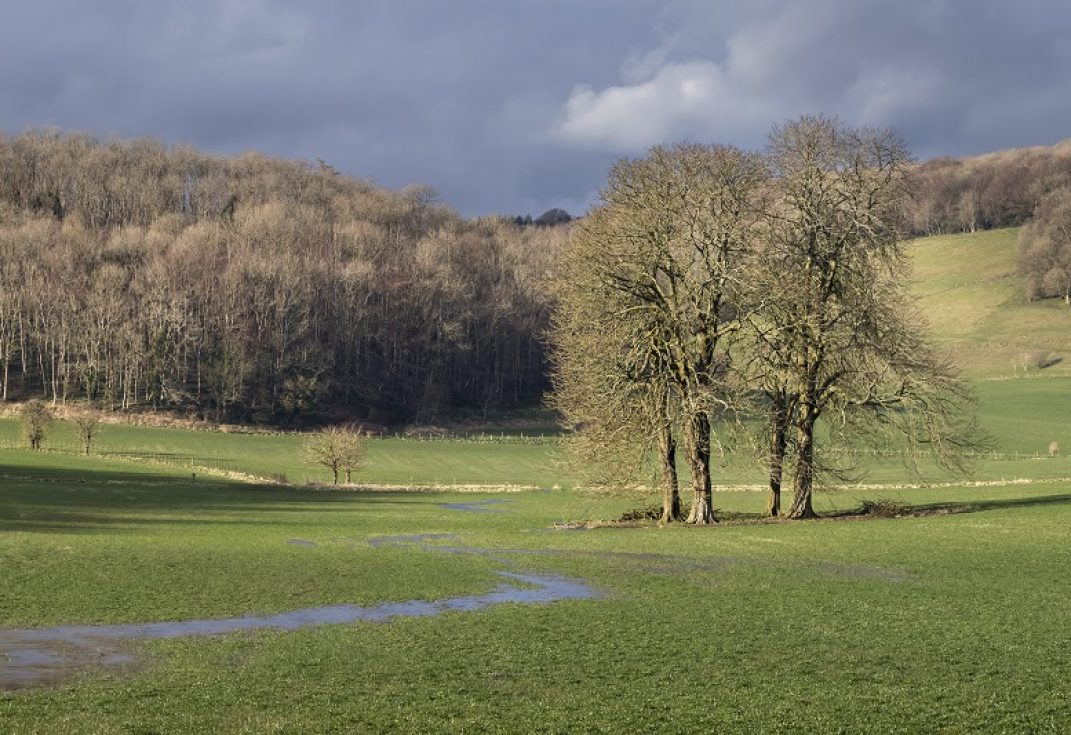
“It’s a place where symmetry and silence walk side by side.” — Dorset Local Historian
Each of the 36 identical cottages was constructed with cob and thatch, fronted by a chestnut tree and placed at even intervals to evoke order and calm. The absence of pubs or industry wasn’t accidental either—it was designed to be picturesque and quiet, a curated village in harmony with the surrounding estate.
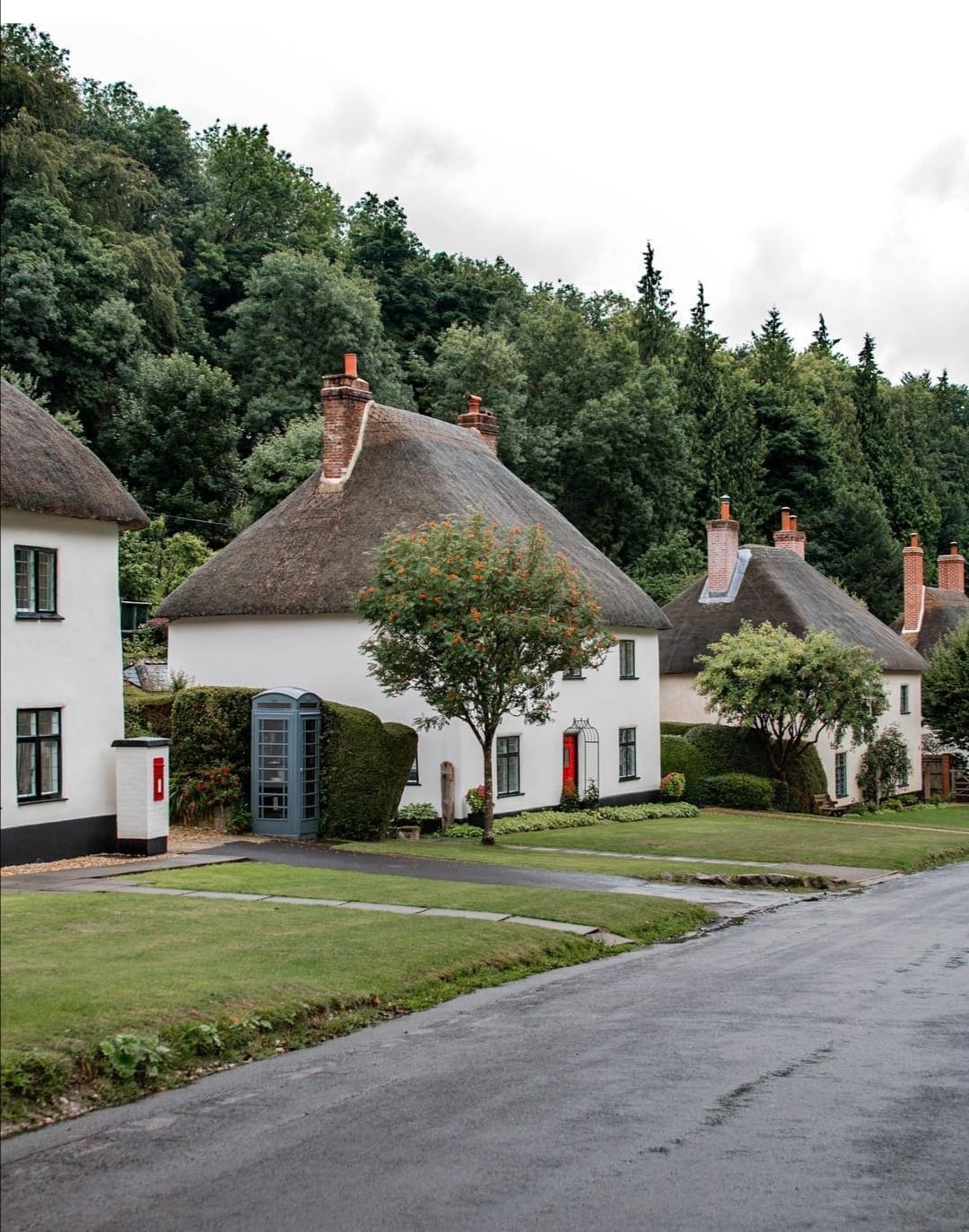
“You don’t just walk through Milton Abbas. You step into the past and it closes behind you.” — Visiting Writer
Today, Milton Abbas stands as a rare example of utopian Georgian planning realized in full scale. While time has softened its symmetry with modern life, the village remains a living museum of rural idealism—tranquil, intentional, and beautifully odd in its origins.
